As this is a curated collection of books from a personal library, please be mindful that some books may be out of print, have more current editions, or be available in digital formats. A large portion of the books presented are related to research and reference.
Modeling Notation Languages

The ArchiMate® Specification, an Open Group Standard, defines an open and independent modeling language for Enterprise Architecture that is supported by different tool vendors and consulting firms. The ArchiMate language enables Enterprise Architects to describe, analyze, and visualize the relationships among business domains in an unambiguous way. This book is the official specification of the ArchiMate 3.0.1 modeling language from The Open Group. ArchiMate 3.0.1 is a minor update to ArchiMate 3.0, containing the set of corrections from ArchiMate 3.0 Technical Corrigendum No. 1 (U172). This addresses inconsistencies and errors identified since the publication of Version 3.0 in June 2016. The ArchiMate Specification supports modeling throughout the TOGAF® Architecture Development Method (ADM). New features in Version 3 include elements for modeling the enterprise at a strategic level, such as capability, resource, and outcome. It also includes support to model the physical world of materials and equipment. Furthermore, the consistency and structure of the language have been improved, definitions have been aligned with other standards, and its usability has been enhanced in various other ways. The intended audience is threefold: • Enterprise Architecture practitioners, such as architects (e.g., business, application, information, process, infrastructure, and, obviously, enterprise architects), senior and operational management, project leaders, and anyone committed to work within the reference framework defined by the Enterprise Architecture. • Those who intend to implement the ArchiMate language in a software tool; they will find a complete and detailed description of the language in this book. • The academic community, on which we rely for amending and improving the language, based on state-of-the-art research results in the Enterprise Architecture field.

OCUP 2 Certification Guide: Preparing for the OMG Certified UML 2.5 Professional 2 Foundation Exam both teaches UML® 2.5 and prepares candidates to become certified. UML® (Unified Modeling Language) is the most popular graphical language used by software analysts, designers, and developers to model, visualize, communicate, test, and document systems under development. UML® 2.5 has recently been released, and with it a new certification program for practitioners to enhance their current or future career opportunities. There are three exam levels: Foundation, Intermediate, and Advanced. The exam covered in this book, Foundation, is a prerequisite for the higher levels.Author Michael Jesse Chonoles is a lead participant in the current OCUP 2 program―not only in writing and reviewing all the questions, but also in designing the goals of the program. This book distills his experience in modeling, mentoring, and training. Because UML® is a sophisticated language, with 13 diagram types, capable of modeling any type of modern software system, it takes users some time to become proficient. This effective resource will explain the material in the Foundation exam and includes many practice questions for the candidate, including sample problems similar to those found in the exam, and detailed explanations of why correct answers are correct and why wrong answers are wrong.
- Written to prepare candidates for the OCUP 2 Foundation level exam while they learn UML®
- Illustrated with UML® diagrams to clarify every concept and technique
- Offers hints for studying and test-taking based on the specific nature and structure of the Foundation Level exam
- Includes practice exam material, sample questions and exercises, warnings, tips, and points to remember throughout
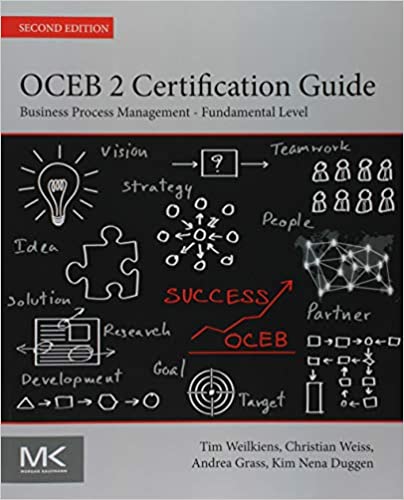
OCEB 2 Certification Guide, Second Edition has been updated to cover the new version 2 of the BPMN standard and delivers expert insight into BPM from one of the developers of the OCEB Fundamental exam, offering full coverage of the fundamental exam material for both the business and technical tracks to further certification. The first study guide prepares candidates to take―and pass―the OCEB Fundamental exam, explaining and building on basic concepts, focusing on key areas, and testing knowledge of all critical topics with sample questions and detailed answers. Suitable for practitioners, and those newer to the field, this book provides a solid grounding in business process management based on the authors’ own extensive BPM consulting experiences.
- Completely updated, with the latest material needed to pass the OCEB-2 and BPMN Certification
- Includes sample test questions in each chapter, with answers in the appendix
- Expert authors provide a solid overview of business process management (BPM)
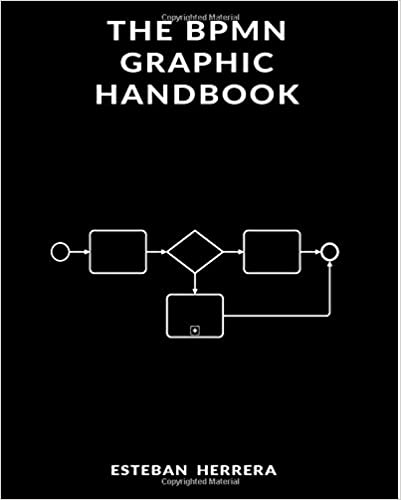
- Do you want to know the purpose of all the diagrams and elements of BPMN in an easy way?
- Do you want a quick reference to the most useful parts of BPMN?
- Are you tired of reading books full of boring text (and in small font)?
The BPMN Graphic Handbook is the solution to these problems.This book describes all the major BPMN diagram types, what they're used for, and the basic notation involved in creating them.This is a brief book, but for a good reason. It contains only the more useful information to learn about BPMN.BPMN doesn't have to be difficult. A bigger book will give you more detail, but it will also take longer to read and not all the information will be useful in the real life. This book will quickly get you up to speed on the essentials of the BPMN and it's also as handy reference to the most common parts of the notation.This book doesn't cover the use of executable BPMN, a particular tool to make diagrams, how it relates to business process management or process automation. It main focus is just to teach the notation for high level analysis purposes.So try a sample of the book or buy it and start learning now.
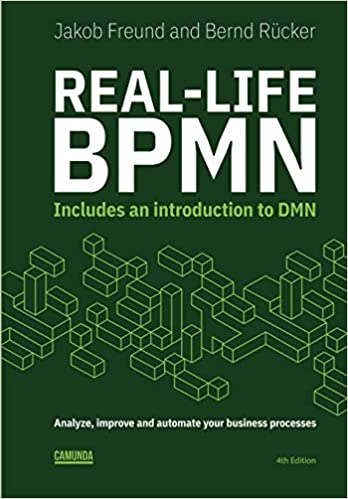
This is the improved 4th edition of the very successful book "Real-Life BPMN" with excellent reviews on Amazon.com (don't forget to check reviews of the former editions).In this book you will learn how to:
- Model processes with Business Process Model and Notation (BPMN)
- Successfully apply BPMN to real-world problems
- Use a practical approach to workflow automation with BPMN 2.0
- Align business, development and operations
- Understand how microservices impact business processes
- Implement BPMN across your organization
The definitive guide for process designers: provides an overview of business process notation, presents implementation guidance and best practices, and offers useful tips on what works and what doesn’t.Truth be told, there are several BPMN books on the market. Some of them are quite good, so why should you care about this one? This book distills the experience the authors have accumulated while running Camunda, a company that delivers the leading open source workflow and decision automation platform. Camunda helped to define the BPMN specification, and during the past 15 years, they have applied BPMN to thousands of customer use cases. These were big businesses, small companies, and public institutions. Now you can benefit from this practical experience. This book also gives an introduction to DMN for decision management, which you might know as business rules management (BRM).This book is also available in German and Spanish.Note: The resolution of all images in the ebook has been increased, starting with the third edition, to improve the digital reading experience.
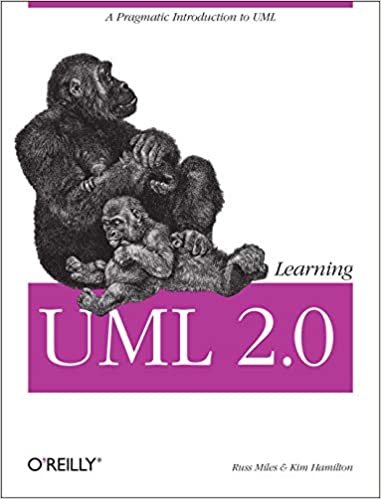
Since its original introduction in 1997, the Unified Modeling Language has revolutionized software development. Every integrated software development environment in the world--open-source, standards-based, and proprietary--now supports UML and, more importantly, the model-driven approach to software development. This makes learning the newest UML standard, UML 2.0, critical for all software developers--and there isn't a better choice than this clear, step-by-step guide to learning the language."--Richard Mark Soley, Chairman and CEO, OMG If you're like most software developers, you're building systems that are increasingly complex. Whether you're creating a desktop application or an enterprise system, complexity is the big hairy monster you must manage.
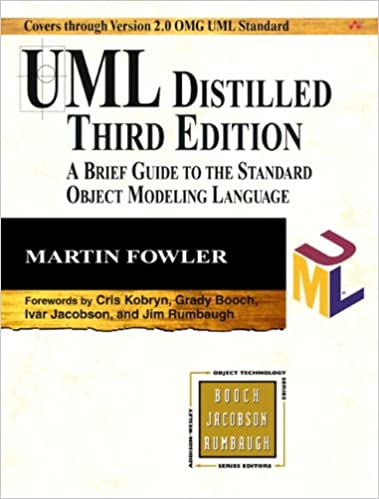
More than 300,000 developers have benefited from past editions of UML Distilled. This third edition is the best resource for quick, no-nonsense insights into understanding and using UML 2.0 and prior versions of the UML.Some readers will want to quickly get up to speed with the UML 2.0 and learn the essentials of the UML. Others will use this book as a handy, quick reference to the most common parts of the UML. The author delivers on both of these promises in a short, concise, and focused presentation.This book describes all the major UML diagram types, what they're used for, and the basic notation involved in creating and deciphering them. These diagrams include class, sequence, object, package, deployment, use case, state machine, activity, communication, composite structure, component, interaction overview, and timing diagrams. The examples are clear and the explanations cut to the fundamental design logic. Includes a quick reference to the most useful parts of the UML notation and a useful summary of diagram types that were added to the UML 2.0.If you are like most developers, you don't have time to keep up with all the new innovations in software engineering. This new edition of Fowler's classic work gets you acquainted with some of the best thinking about efficient object-oriented software design using the UML--in a convenient format that will be essential to anyone who designs software professionally.
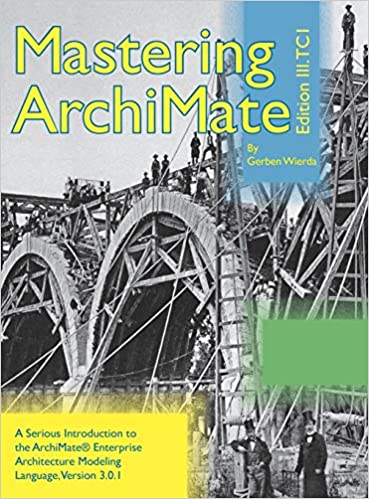
Mastering ArchiMate Edition 3.1 is the fourth edition of a much praised book about the ArchiMate(R) Enterprise Architecture Modeling Language, which is a standard and a Registered Trade Mark of The Open Group. The book gives an introduction to the language, then goes on to show you key aspects of successful modeling, and many different patterns for its use. From Business to Infrastructure, from Risk & Security to Application Exploitation and Maintenance.While the aim of the book is to teach the language, it often also offers necessary background, so that the patterns can make sense to the reader not familiar with a subject. Thus, it also contains introductions to subjects such as virtualization, bitcoin/blockchain, infrastructure as code, processes versus functions, SOA/API, ESB, Terminal Services, etc. It also contains a short introduction to BPMN(TM) in order to describe a linking of both major languages. Forewords by Marc Lankhorst and Jean-Baptiste Sarrodie.Gerben Wierda (1961) is author of Chess and the Art of Enterprise Architecture, and is Lead Architect at APG, one of the largest Fiduciary Managers in the world. Before, he was Lead Architect of the Judiciary of The Netherlands, and Lead Architect of APG Asset Management. He has overseen the construction of one of the largest single ArchiMate models in the world to date. He holds an M.Sc. in Physics from the University of Groningen and an MBA from RSM Erasmus, Rotterdam.
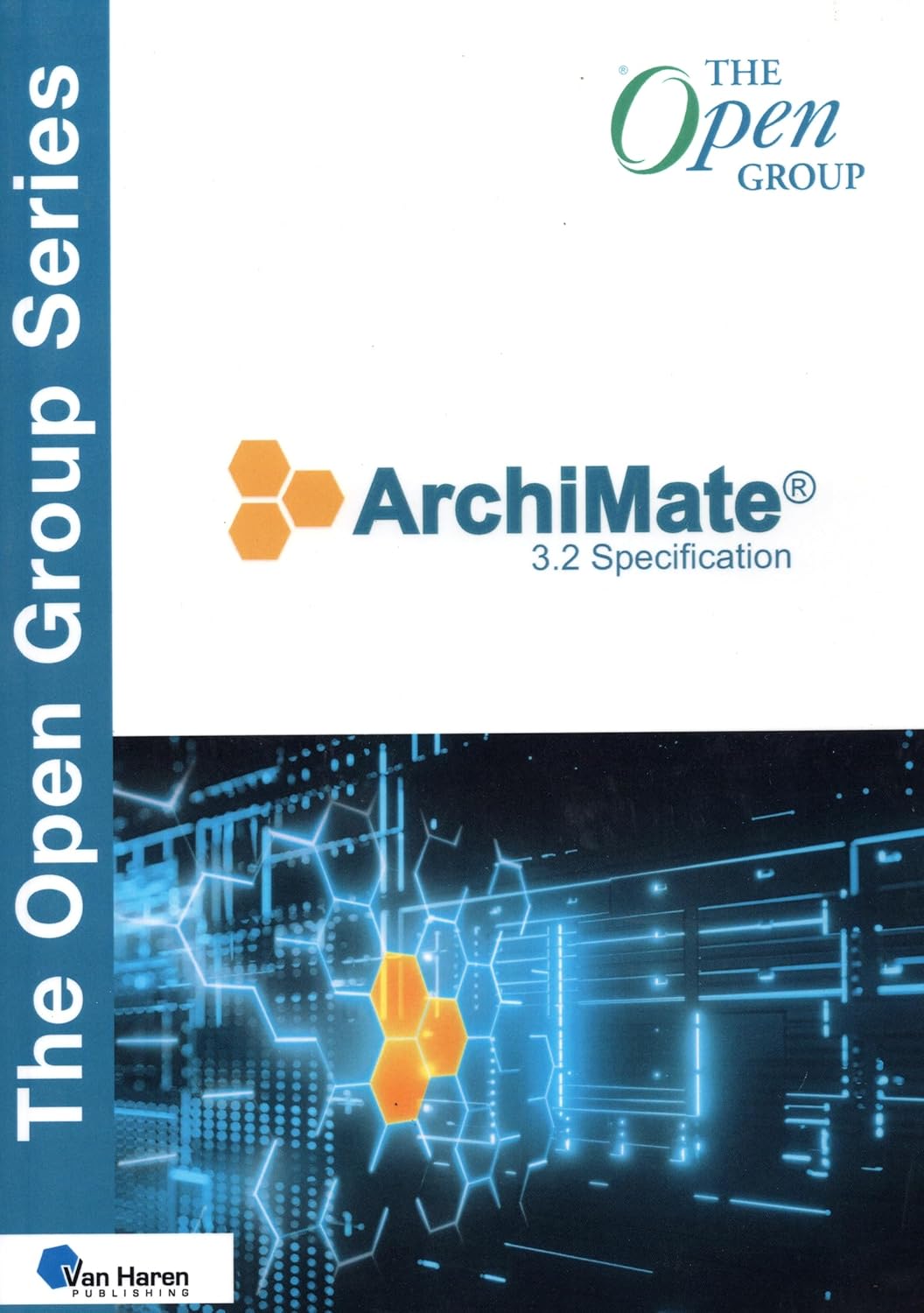
The ArchiMate® Specification, a standard of The Open Group, defines an open and independent modeling language for Enterprise Architecture that is supported by different tool vendors and consulting firms. The ArchiMate language enables Enterprise Architects to describe, analyze, and visualize the relationships among business domains in an unambiguous way. This is the official specification of the ArchiMate 3.2 modeling language from The Open Group. The contents of the specification include the following: • The introduction, including the objectives, overview, conformance requirements, and terminology • Definitions of the general terms used in the specification • The structure of the modeling language • The generic metamodel of the language • The relationships in the language • A detailed breakdown of the modeling framework covering the motivation elements, Strategy Layer elements, and the three core layers (Business/Application/Technology) • Relationships between core layers • Implementation and Migration Layer elements for expressing the implementation and migration aspects of an architecture • The concepts of stakeholders, architecture viewpoints, and views, as well as the ArchiMate viewpoint mechanism • Mechanisms for customizing the language for specialized or domain-specific purposes • Notation overviews and summaries The intended audience is threefold: • Enterprise Architecture practitioners, such as architects (e.g., application, information, process, infrastructure, and, obviously, Enterprise Architects), senior and operational management, project leaders, and anyone committed to work within the reference framework defined by the Enterprise Architecture • Those who intend to implement the ArchiMate language in a software tool; they will find a complete and detailed description of the language in this standard • The academic community, on which we rely for amending and improving the language based on state-of-the-art research results in the architecture field
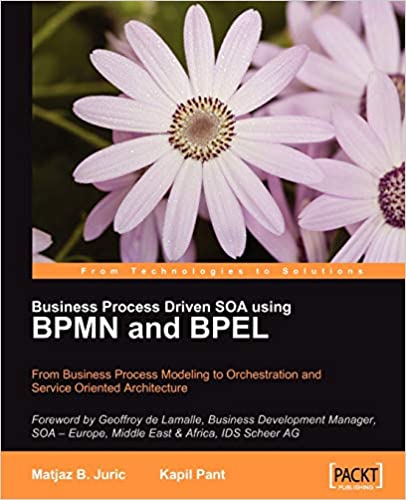
The book provides a well-balanced mixture of theoretical discussion and real-world examples. It explains the concepts and approaches, and describes methodology and notation. It demonstrates these concepts on real-world examples and provides a step-by-step example tutorial that guides readers from business process modeling in BPMN through transformation into BPEL to execution on the SOA process server. It also discusses some key concepts using practical examples and business scenarios around Business Rules Management and Business Activity Monitoring with BPM and SOA. This book is for CIOs, executives, SOA project managers, business process analysts, BPM and SOA architects, who are responsible for improving the efficiency of business processes through IT, or for designing SOA. It provides a high-level coverage of business process modeling, but it also gives practical development examples on how to move from model to execution. We expect the readers to be familiar with the basics of SOA.
As a working cybersecurity professional, every attempt is made to separate professional and personal endeavors in a manner consistent with reducing conflicts of interest and maintaining ethics. Statements contained within this site are the explicit and implicit goals, objectives, endorsements, and educated opinion of the author of this site and not those of current or former employers.

